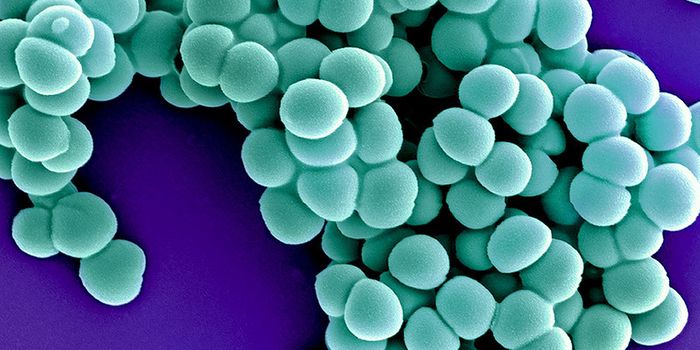Dengue Transmission Mapping Shows Strains Stay Close to Home
Dengue virus is easily transmitted by mosquitos, but when scientists tracked its spread, they found that most people were exposed to the infection within a few minutes' walking distance to their homes. When the spread of four different strains of dengue were tracked across Bangkok, the majority of cases in a 60 kilometer radius were closely related. The results, which were published in Science, are summarized in the following video.
“We often think of transmission and infection as occurring in this ubiquitous, pervasive and amorphous way,” said the co-author of the report, Derek Cummings. But a pattern underlies the spread of dengue. He added that this work indicates that researchers are “starting to have the tools and methods to really track how infectious diseases move across a population.”
In this work the researchers used around 7,100 home addresses of patients and genetic data from 10,800 dengue cases in Bangkok hospitals from 1994 to 2010 to study the disease, a viral disease spread by Aedes aegypti mosquitoes. It can result in fever and muscle cramping that is painful enough to have received the nickname “breakbone fever.” In is a deadly illness causes over 20,000 deaths annually.
Using the home address of about 7,100 dengue cases, researchers mapped the spread of the four different types of dengue across Bangkok province (inset). Other hospitals in Thailand also contributed dengue genetic data for about 10,800 additional cases. The infections occurred from 1994 to 2010. One dengue season is around six months; if two dengue cases evolved from the same parent viral strain within a season, the pair were considered part of the same transmission chain. Those chains, connecting one infected person to the next, number around 160 per season in Bangkok.
The close that two cases of dengue were physically, the more closely related they tended to be genetically; 60 percent of cases in a 200-meter radius were closely related. Infections caused by a certain strain of dengue belonged to the same transmission chain, explained Cummings, an epidemiologist at the University of Florida in Gainesville. By contrast, only three percent of cases belonged to the same chain when separated by a distance of one to five kilometers.
The combination of genetic and location information in this report is more detailed than previous research on dengue ecology, commented Caroline Buckee, an infectious disease epidemiologist at the Harvard School of Public Health. “It would be great to see this kind of approach become a standard for studies of dengue transmission and epidemiology.”
The researchers mapped the geography of cases in the same transmission chain, determining that the first link in that chain, the home of the person first infected by a mosquito bite, is a reliable indicator of where new dengue cases will arise.
In Thailand, the Ministry of Public Health kills mosquitoes by spraying pesticides in response to dengue outbreaks. This work could help improve that response by focusing on hotspots. “Now, we have some quantitative details to start targeting control technologies,” Cummings said.
The research may also be helpful in the development of a vaccine. While such a vaccine is approved for use in Thailand, Cummings cautioned that scientists don't yet know if the vaccine will need updates, like a flu shot, with additional strains over time. A deeper understanding of dengue strains could aid in the resolution of that concern, he noted.
“Once we can understand these detailed patterns of how things spread, then we might be able to refine how we respond to the pathogen,” Cummings concluded.
Sources: ScienceNews, Science








